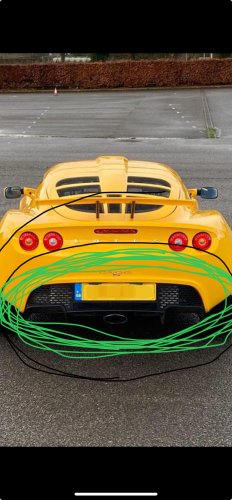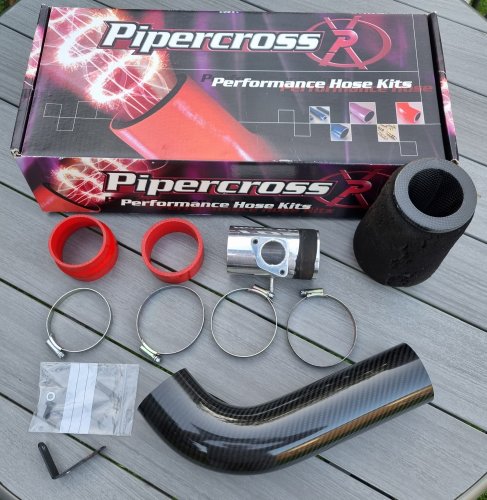1 No double-decker diffusers
The FIA have clamped down on the rules governing the floors to prevent the use of
double-decker diffusers this year.
2 Longer wheelbase
Compared to its predecessor, the R31 has a longer wheelbase to help accommodate
the reintroduction of KERS.
3 Fixed front wing
The front wing flap can no longer be adjusted by the driver from the cockpit and
remains at a fixed angle while the car is on track.
4 Adjustable rear wing
2011 sees the arrival of adjustable rear wings, controlled by the driver from the
cockpit to aid overtaking. The rules allow the flap to rotate away from the main plane
up to a maximum distance of 50mm.
5 Pull rod suspension
There is a significant revision to the rear suspension, switching from a push rod
system to pull rod operated torsion springs. This allowed the team to make better use
of the new diffuser rules.
6 Pirelli tyres
The departure of Bridgestone after 14 seasons ushers in a new era as Pirelli takes on
the mantle of sole tyre supplier for the next three years.
7 Smaller engine cover
The R31 has a smaller engine cover and no shark fin due to new rules preventing
bodywork connecting to the rear wing.
8 KERS returns
KERS is back for 2011 as a cost-effective hybrid power tool recovering energy
normally lost under braking and reusing it as an additional power boost to the car.
9 No f-duct
The major technical innovation of 2010 is no more, since the regulations prohibit any
system, device or procedure which uses driver movement as a means of altering the
aerodynamic characteristics.
10 New steering wheel
The R31 features a new steering wheel with a revised button layout to make it easier
for the drivers to operate the multiple functions.
11 Mandated weight distribution
All the teams have agreed to run their cars in a particular weight distribution range.
That means between 45.5 and 46.5% of the car's weight must be over the front axle.
12 Improved safety
Each wheel must now be retained by two tethers (previously there was just one),
which must pass down separate legs of the suspension to give more redundancy to
the wheel retention. In addition, the zylon panels, attached to the chassis to protect
the driver's upper body, have been extended to offer protection to his legs.
The R31 in 31 numbers
0 The time taken in seconds for the gearbox of the R31 to change gear (drive is never
lost during the gearshift).
0.1 How much faster in seconds the R31 goes each lap due to the reducing weight as the
car burns fuel (not accounting for tyre degradation).
1.6 The time in seconds for the R31 to decelerate from 100 km/h to standstill.
3.0 The average time for the pit crew to change all four wheels and tyres at a pitstop.
4.9 How many seconds it takes for the R31 to reach 200 km/h from standstill.
5 The number of consecutive races each gearbox must survive before it can be
changed without suffering a five-place grid penalty.
6 This is how many hours it takes for a complete rebuild of the car at the track with 12
mechanics (assuming sub-assembly is already complete). From scratch at the factory
it would take 150 people seven days.
6.67 The number of seconds per lap that the KERS electric motor can be activated at full
power.
7 The number of gears in the R31's gearbox.
8 That's how many engines are allocated to each driver in 2011.
10 The weight of a Pirelli front tyre in kilograms.
18.5 In psi, this is the average pressure for an F1 tyre.
30 The weight of a driver's head and helmet in kilograms during maximum braking of
4.5G (that's the same as a heavy suitcase).
42 The number of revolutions per second by a tyre when the R31 is travelling at 300
km/h.
60 The amount of water dispersed in litres per second by a wet Pirelli tyre travelling at
300 km/h.
87.75 The impact energy in kilojoules that must be withstood by the nose of the car when it
is crash tested by the FIA. This is the same amount of energy as would be required to
stop a 4 tonne elephant moving towards you at 25km/h.
90 This is the operating temperature in degrees Celsius of each Pirelli tyre.
130 Measured in decibels, this is how loud the RS27-2011 engine is at full revs.
400 The amount of braking energy in kilojoules that the KERS generator can place into
the KERS battery in a single lap.
500 This is the temperature in degrees Celsius achieved by the clutch during a race.
640 Increased for this year by 20 kilograms, this is the minimum weight of the car.
900 This is the temperature in degrees Celsius of the exhaust gases when the car is on
full throttle.
1,100 In degrees Celsius, this is the temperature a brake disc can reach during the race.
1,500 This is the total number of moving parts in each RS27-2011 V8 engine.
2,500 That's how many gear changes the drivers have to make during an average Grand
Prix.
















Recommended Comments
There are no comments to display.
Join the conversation
You can post now and register later. If you have an account, sign in now to post with your account.